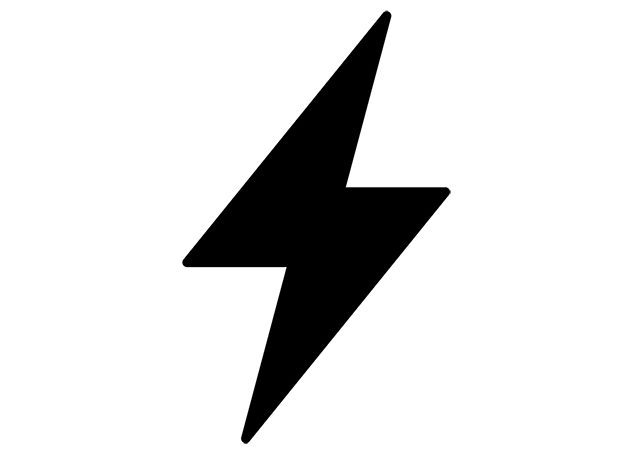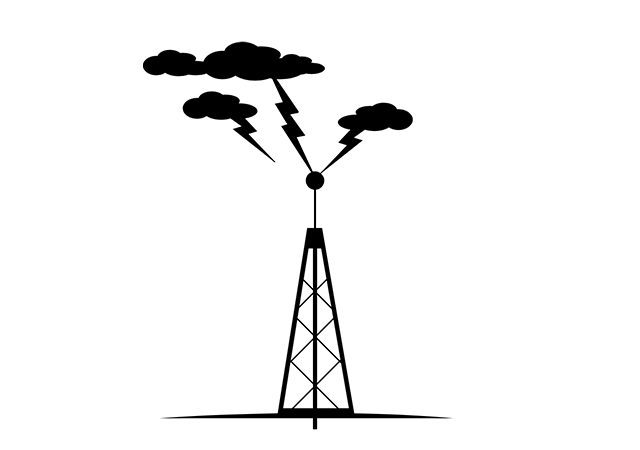Periodic non-sinusoidal currents and voltages are those that change in a periodical non-sinusoidal way. It may happen when the source is generating non-sinusoidal signals, and all the load elements are linear; if the source is generating sinusoidal signals, but the load elements are non-linear; when the source generates non-sinusoidal signals and the load circuit has a few non-linear elements; if the source generates a sinusoidal signal, but some of the load elements are periodically dependent with time.
Any electrical signal can be represented with a Fourier row, where , and , here .
To learn more about Fourier rows you can read supporting. Before we start to make the circuit calculation, we should represent all sources as Fourier rows. Instant value of the current or voltage is a sum of the instant values of the current/voltage for every harmonics at the chosen part of the circuit.
First, you should find the currents and voltages from the constant component of the source, after that you should calculate the current/voltage components created by the first harmonic and so on. You must remember that the constant current through the capacitor is zero, as is the constant voltage of the inductance.
For inductive and capacitive circuit elements you should keep in mind the formulas: .
Regarding resistive circuit elements, they are considered as not dependent on the frequencies if the frequencies are small. Every harmonic should be represented as a complex number for the calculation.
If the electric circuit consists of several capacitance elements and several inductance elements, and the input current phase is equal to the input voltage phase, this circuit works in the resonance regime. If the voltage source generates non-sinusoidal signals, the resonance will happen on the high harmonics as well. So, the resonance of the k-harmonic occurs when the phase of the k-harmonic of the input current is equal to the phase of the k-harmonic of the input voltage. The active component of the inductance resistance should be equal to zero.
The effective current value can be presented with the instant current value: . Usually, the current can be represented in the following way: and .
Here the sum can be changed to the integral and . Then . The effective current value does not depend on the current phase .
We can show in the same way the effective voltage value and it does not depend on the voltage phase . However, we should remember that the average module of the function along the period of time does depend on the function phase and can be calculated using the formula .
Active power of the non-sinusoidal current is the average value of the instant power during the period of time . If we represent the instant values of current and voltage with the form above: then .
Active power of non-sinusoidal current is equal to the sum of every single harmonics active power. The total power is the product of effective values of non-sinusoidal signals of voltage and current. Here and
If we summarise the oscillations of two signals with equal amplitudes and slightly different frequencies, we get the beating process. The signal can be represented as , here .
If the magnitude, frequency and phase of the signal all vary with time, the signal is called modulated. This type of signal is used in the information transmission. The oscillations where magnitude of the signal is varying with time, and frequency and phase are constant, are called magnitude modulated signals.
The oscillations where frequency of the signal varies with time, and magnitude and phase are constant, are called frequency modulated signals.
The oscillations where phase of the signal varies with time, and frequency and magnitude are constant, are called phase modulated signals.
The example of magnitude modulated signal is , here m(tφ) is the message signal, k is modulation depth, ω is the carrier wave frequency, ω-φ,ω+φ are side frequencies. The frequency width of the oscillation is . The example of frequency modulated signal is . For the phase modulated signals .




